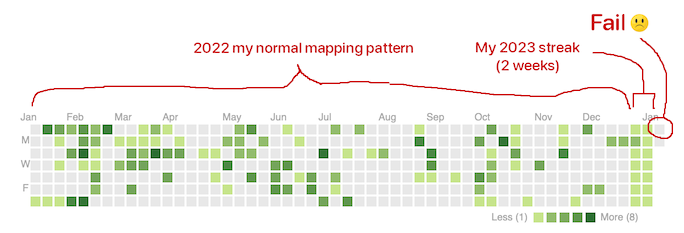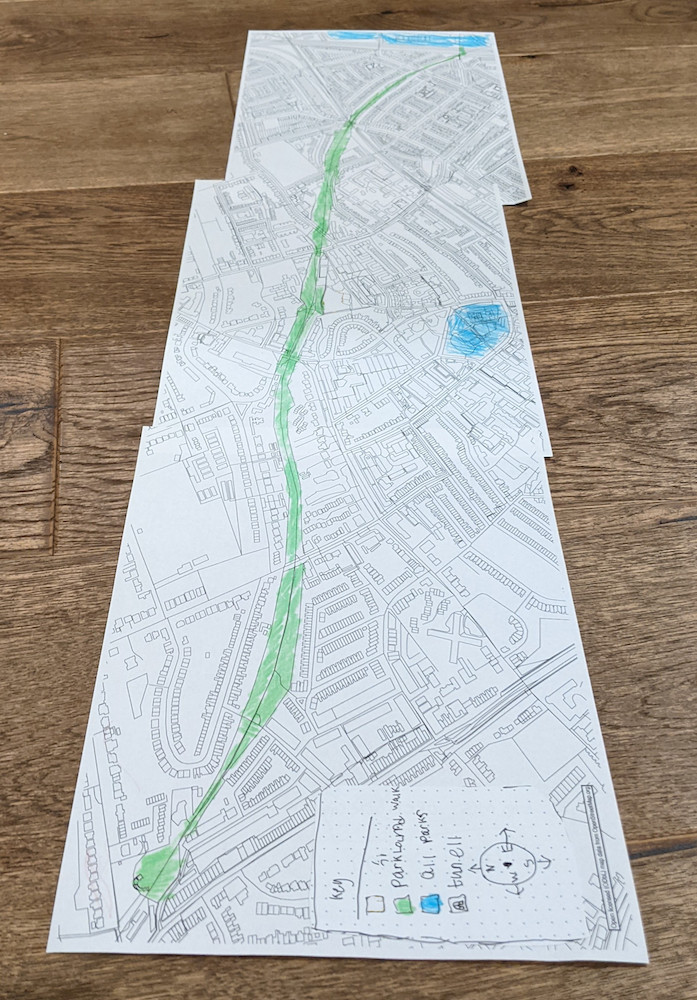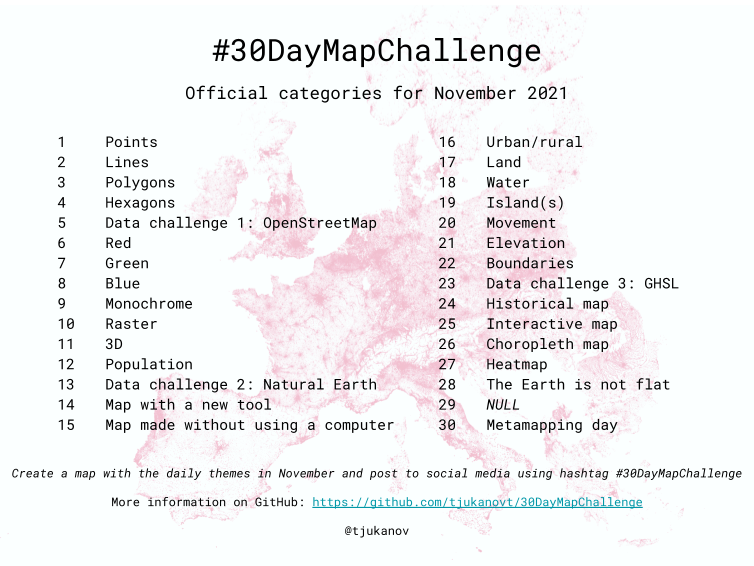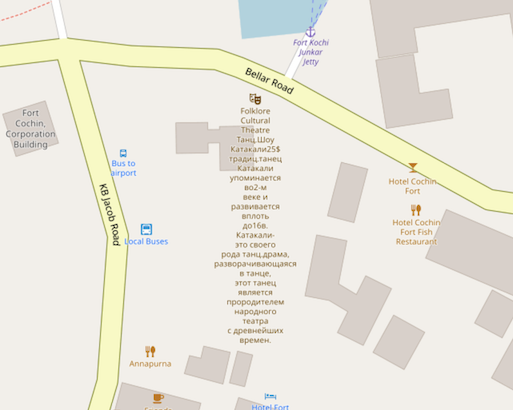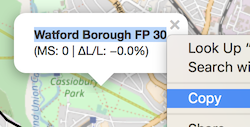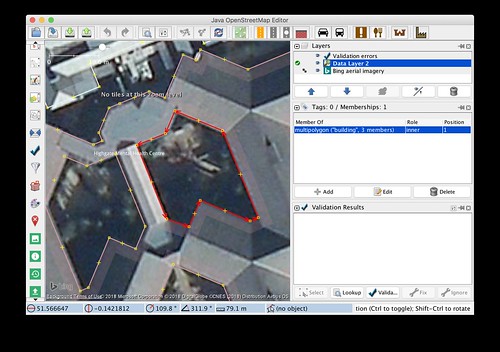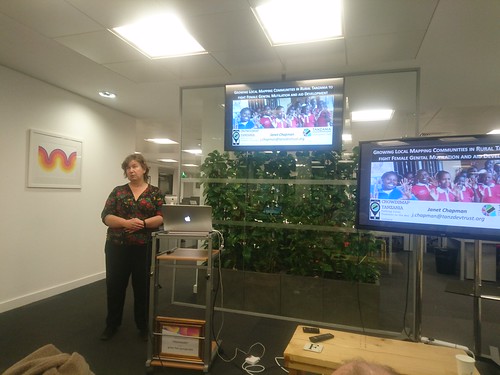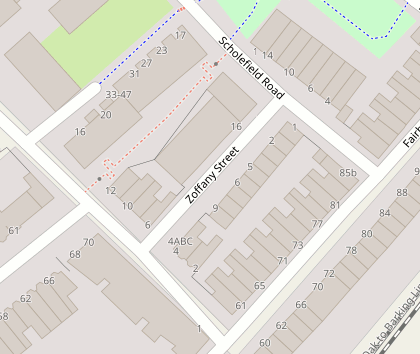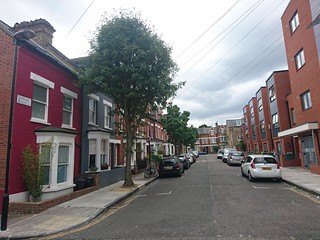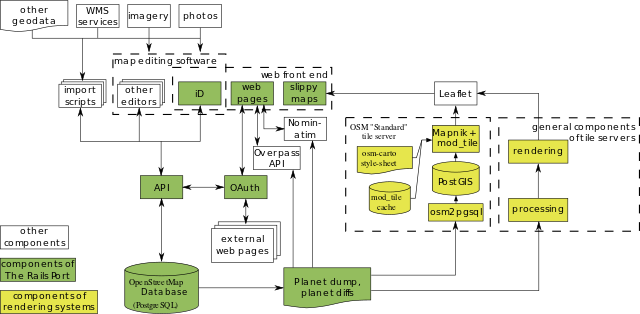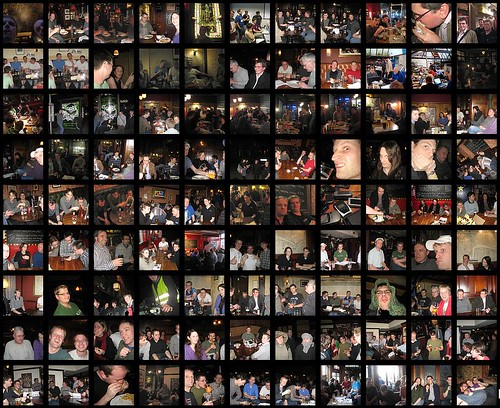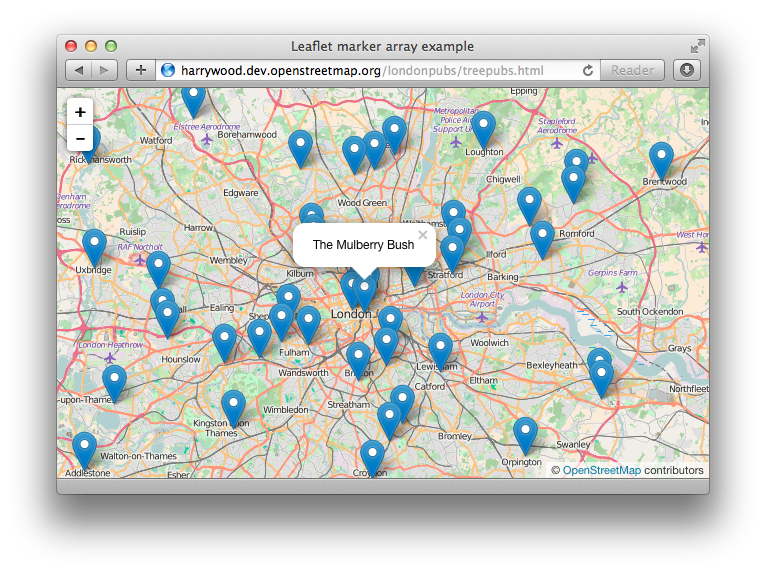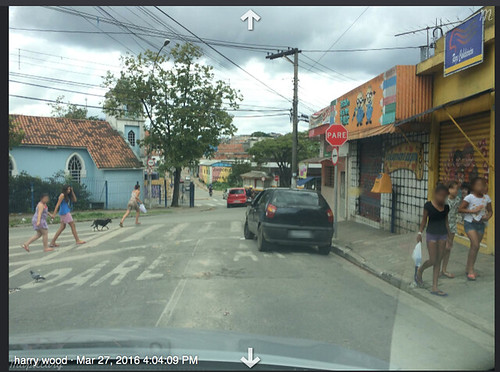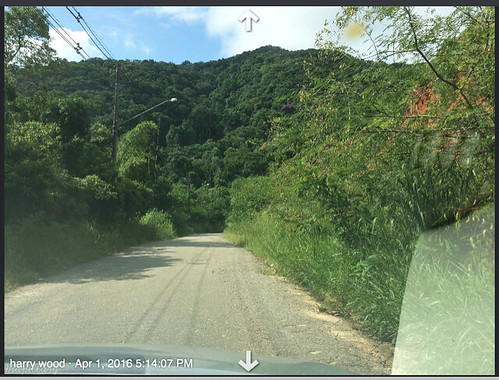A few days back I noticed a new patch of hyper-detailed mapping appearing on the London map here near Stroud Green Road, with gardens and garden fences all drawn in. It’s impressive! It looks amazing if you zoom in on that patch:
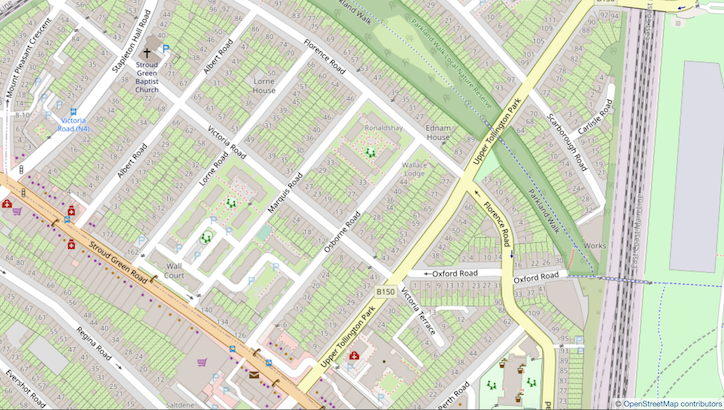
But I felt some frustration when I first saw it, because of the old imbalance of detail issue. I don’t mean to say I’m angry with someone for adding this detail. It’s more a case of being frustrated by an OpenStreetMap problem which we collectively never solved, and I’m frustrated that I can’t actually think of a good solution!
In London for a long time the hyper-detail has mostly been about buildings data. A decade ago as I was organising regular mapping parties, I tried to encourage people to think about building data coverage and to tackle this massive mapping task in something resembling a logical order. Read my diary entry (with coordination animated map) from back in 2010. Back then the default standard style showed buildings a lot more prominently. Dark purply brown, and to quite low zoom levels. Thankfully it was since toned down to a more subtle beige but even so, buildings are very noticeable, and it looks wrong/confusing when patches of buildings appear in sporadic illogically arranged areas. (Maybe this requires a leap of empathy. Imagine for a second, you’re just looking at the map without knowing about how it’s created!)
I think we did quite well at filling in the city centre a while ago. Before that we had major buildings in the city centre missing and yet these random residential estates appearing.
It’s with this problem in mind, that I held back on mapping houses in my neighbourhood for years. Instead, when mapping locally, I focussed on mapping all the shops. These I would map with their buildings because it looks OK (logical!) to have shops showing more prominently than the surroundings.
But I’ve watched residential (i.e. all buildings) data coverage growing. It comes in patches as individuals do their areas. I remember a massive patch to the north of me all got filled out very quickly all at one. That raises an important question about armchair vs survey mapping. Personally I try to do a full addresses survey at the same time as adding residential buildings, but I always assumed that en-masse armchair mapping of London buildings would happen sooner or later regardless of objections. And I assume that was the case for this new north London patch. I’m thinking of Finchley or Barnet or Walthamstow maybe. These places with buildings but not addresses, but…
These days they’re all merging into one mega-patch ….which is what we want! And so it was a couple of years ago that I realised it was time to finally map all the buildings in my neighbourhood, because if I didn’t do it, somebody else would, and I couldn’t have that! But actually (with all the address surveying too) it’s a super slow process, and I haven’t been able to push back my “fully buildinged radius” as far as I would like yet. I do look forward to the day this patch feels more joined up eliminating some of the funny gaps to the south of where I live. With a bit more surveying effort, maybe in a couple of years time my bit of North London is going to look beautifully consistently detailed at last.
…or it would have. But suddenly a few days ago…
So you can see this is not a new problem for me to worry about, and that’s before I mention my 2011 SOTM Denver presentation in which I described the hyper-detail issue in some depth. Partly I added those slides because I was worried I might be boo’ed off the stage by the Americans if I just presented a “surveying good, imports bad” message, but this issue was playing on my mind in relation building coverage and it also relates to crazy hyper-detail coming from tagging ideas and discussions of things like mapping roads as areas. Different, but perhaps part of the same problem. Patches of imbalanced hyper-detail where it feels like we have no hope of “finishing” across a wider area, and which work against (and perhaps render impossible) the aim of achieving consistent balanced map coverage.

I also mention another side to the problem. “it’s a waste of time and energy of the mappers doing it, but It becomes more a problem too when people encourage others (including confused new mappers) to follow their lead”
But I say these things without suggesting a solution. The only idea I had in the direction of a solution was the following:
“This runs quite contrary to the way we’ve celebrated detailed mapping in the past, but perhaps we need to think about a new message. Among our pro-mappers perhaps the message should be: “consider the levels of detail around you”. Don’t go crazy with the levels of detail within your blossom of map coverage. Keep a cap on this and map further afield instead. Go to a level of detail which is realistically attainable by you, or with the help of other mappers, across a wider area.”
But I’m not sure how we would ever engender a new community mapping message like that, even if I could persuade more people that we wanted to. I don’t think it makes sense to be telling anyone off for adding detail. That’s why it’s a problem without a solution as far as I can see.
Anyway I thought the new patch of garden fences was an interesting reminder of that general issue, and it bugs me that this is going to be an ugly imbalanced patch of map I’ll be looking at for years to come now. However there’s a few thoughts which make me feel better about this:
Firstly in the twitter conversation about this, people pointed to Edinburgh where there has been loads of garden fence detail added in recent years. Always inspiring to see people getting on with it and proving it can be done. And what I think they have done well at, is that thing of adding the new detail logically in a centre-going-outwards formation. That feels important to me, thinking from a user perspective. For example a map user may look at the imbalance of detail here asking themselves “why does one side of House O’hill Road have those details, and not the other side?” but zooming out, an answer becomes apparent. Even if we don’t like the missing data, we can see the logic of houses more central within the city having more map data. The coverage is clearly expanding westwards. Looking at the extents of this map detail, you can see that the Edinburgh community have done reasonably well at working outwards from the city centre. Some good coordination. It can be done!
Secondly, it occurs to me actually that the stark difference in detail level my eye is bothered by around Stroud Green Road, is mostly due to missing buildings coverage. It does make me think the gardens mapper should’ve done more of that first but I also realise if I can map more buildings, or if the patch of mega-detail spreads over areas of missing buildings, then the imbalance will be lessened. The garden fences detail makes the map a look a bit different, but when zoomed out it really just shows up as a hint of extra green from the gardens, comparing with buildings-only coverage. Not so imbalanced. It’s motivation to get more buildings mapped!
Thirdly, although we might think of garden fences as a next-level upping the ante on detail level, and naturally part of me is worrying “should I have been surveying to that level of detail all along? Am I going to have to go back and re-do all those houses?” …you can’t actually survey garden fences very well anyway. I suspect the reason this particular kind of detail has suddenly appeared in 2020, is more to do with the bumped up quality of bing imagery we’ve seen this year. I think this means that (when the time comes) I, or somebody else, can reasonably go back to any residential streets I’ve already mapped, and sketch in the garden fences from bing. No need for special surveying. There’s some exceptions to this logic. Places where you can see garden fences on-the-ground, and where mapping them accurately may be significant, but actually I’ve often been mapping them in those kinds of places anyway. e.g I’d put a wall like this to illustrate the pedestrian non-access situation. Maybe it’ll be a big armchair mapping exercise in years to come to even out the coverage of gardens with garden fences.
